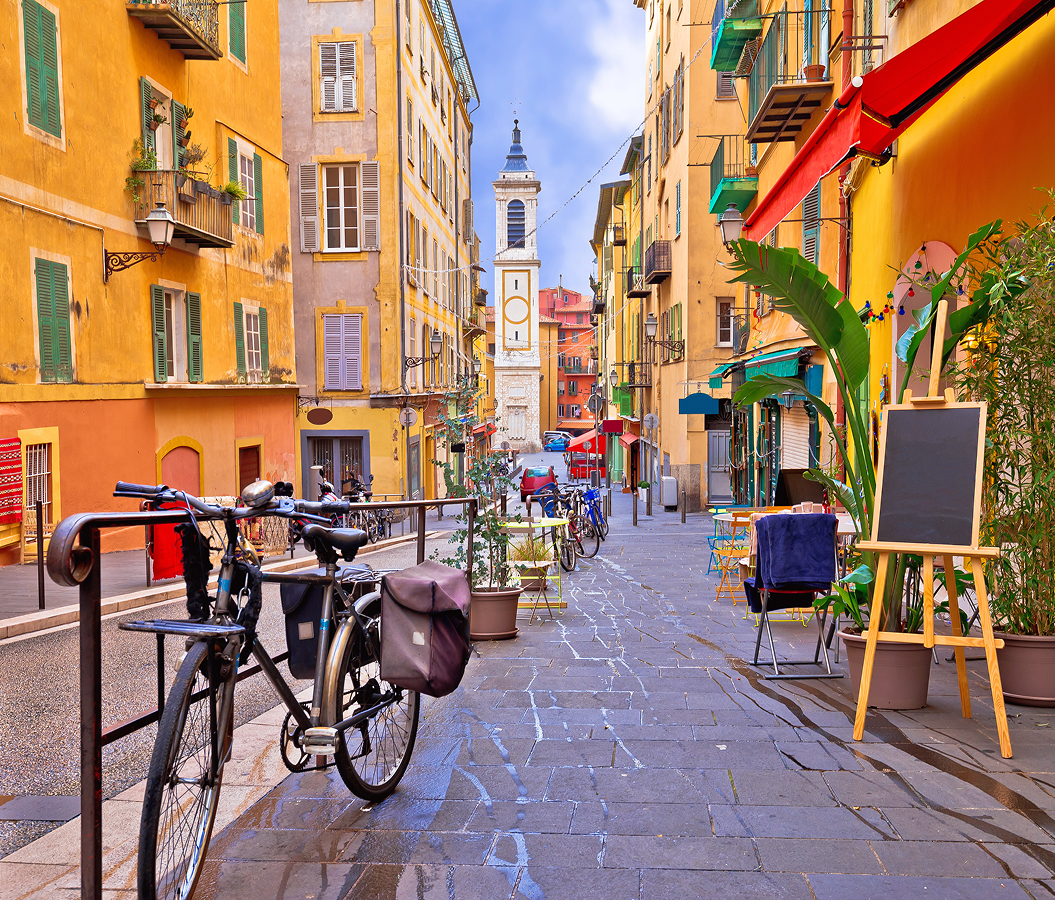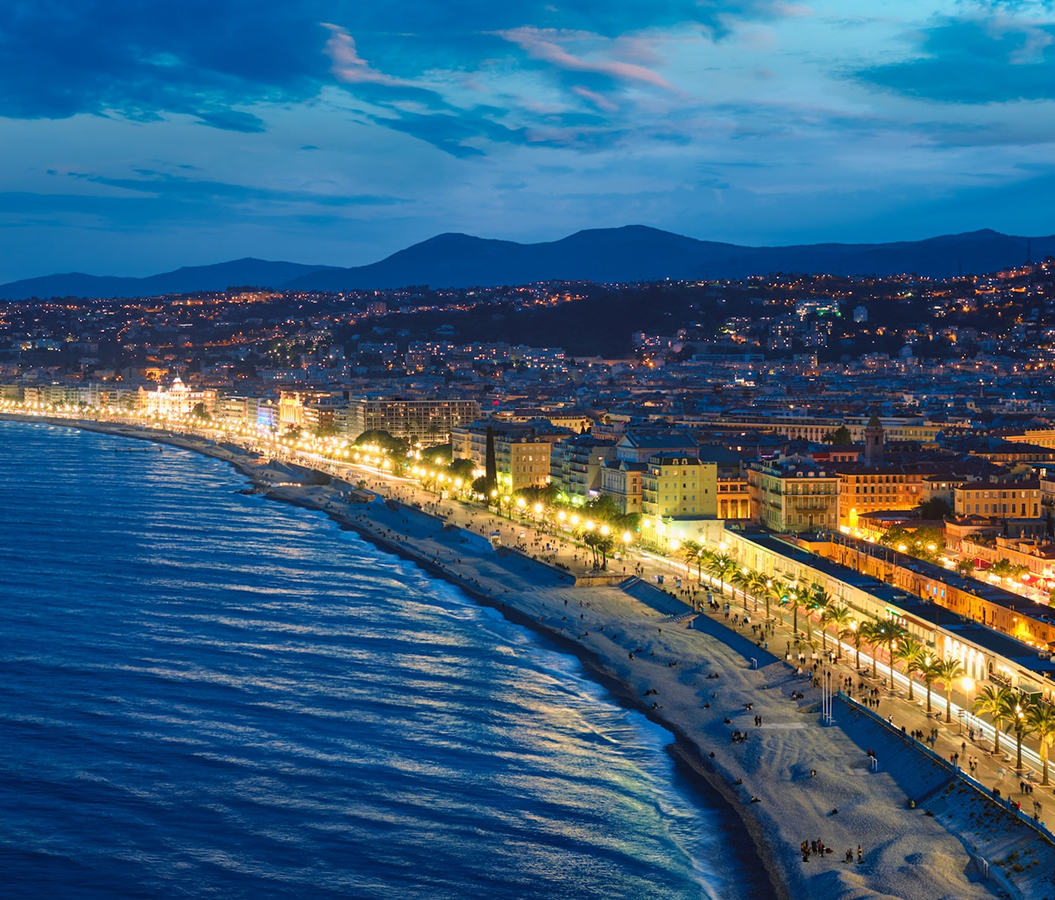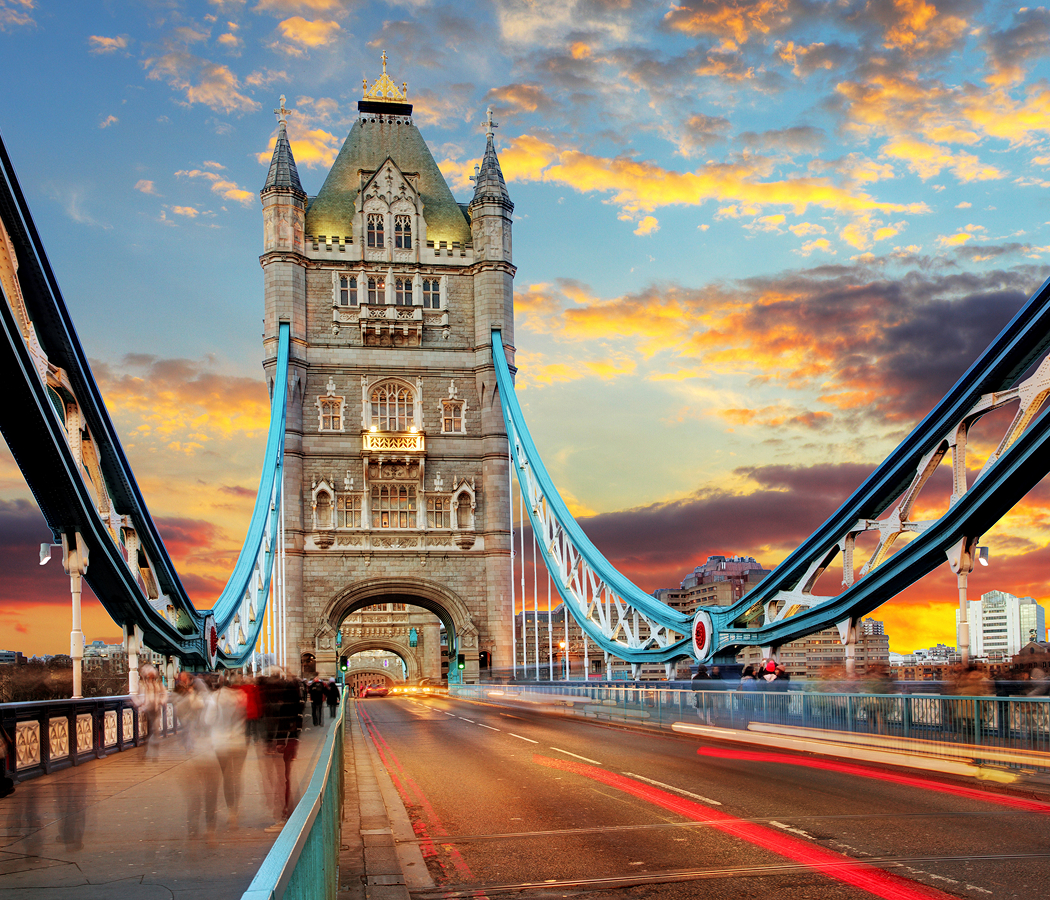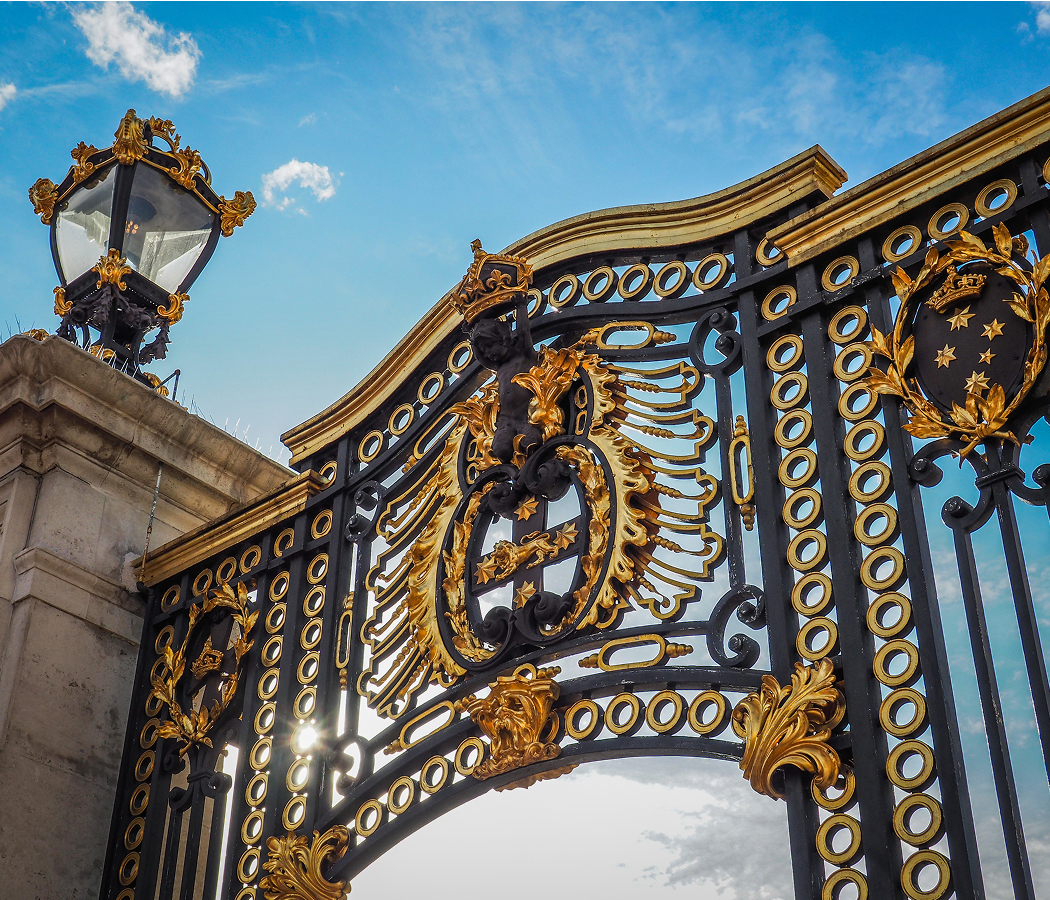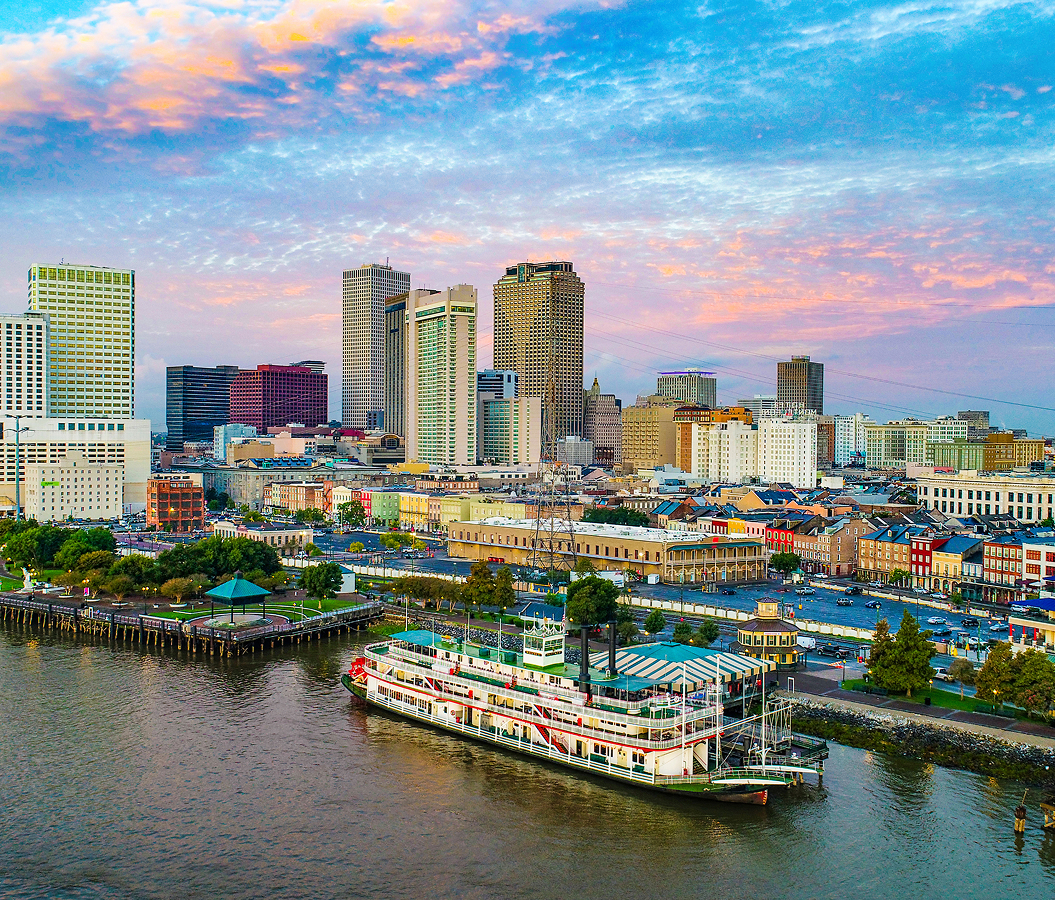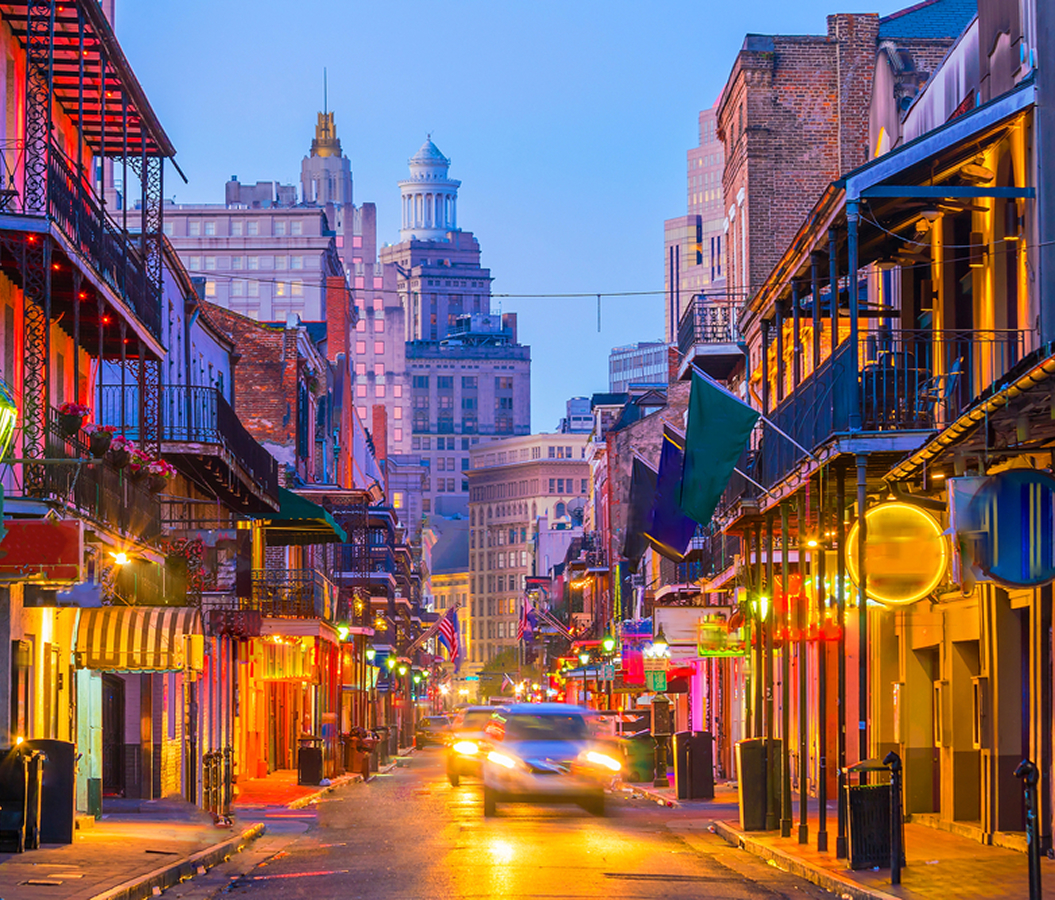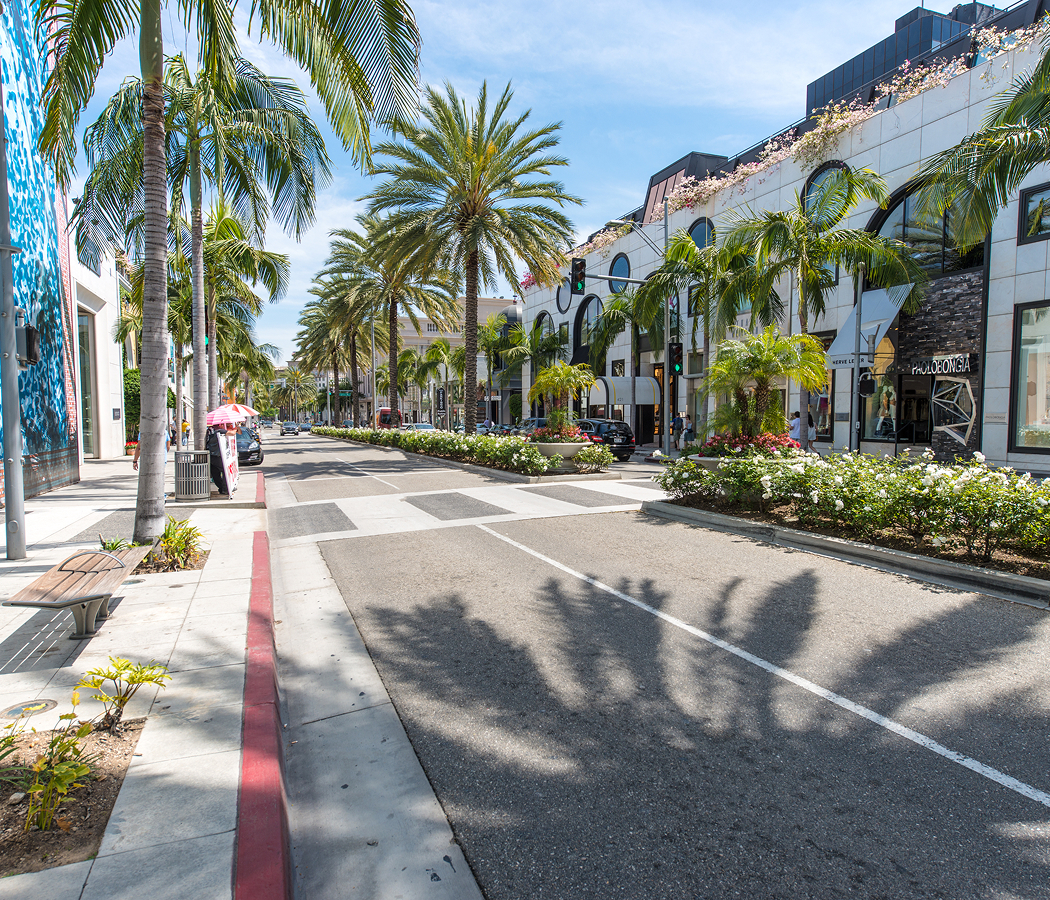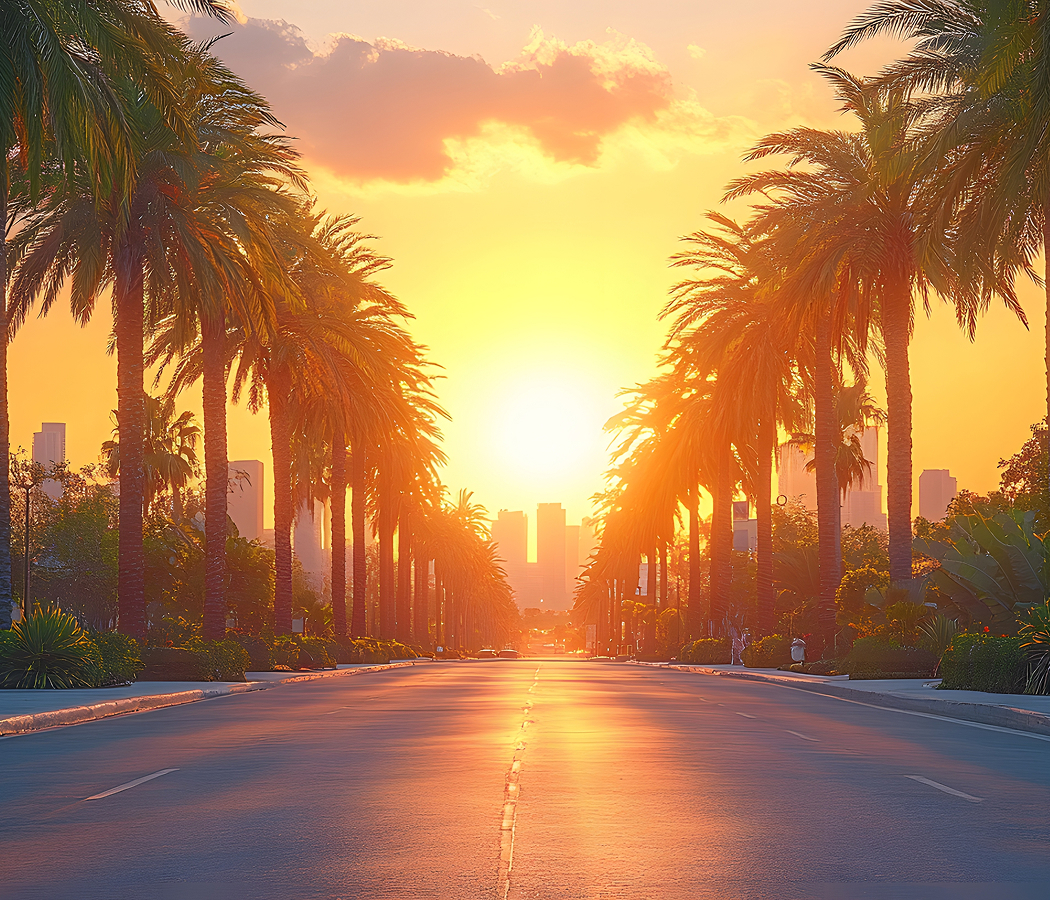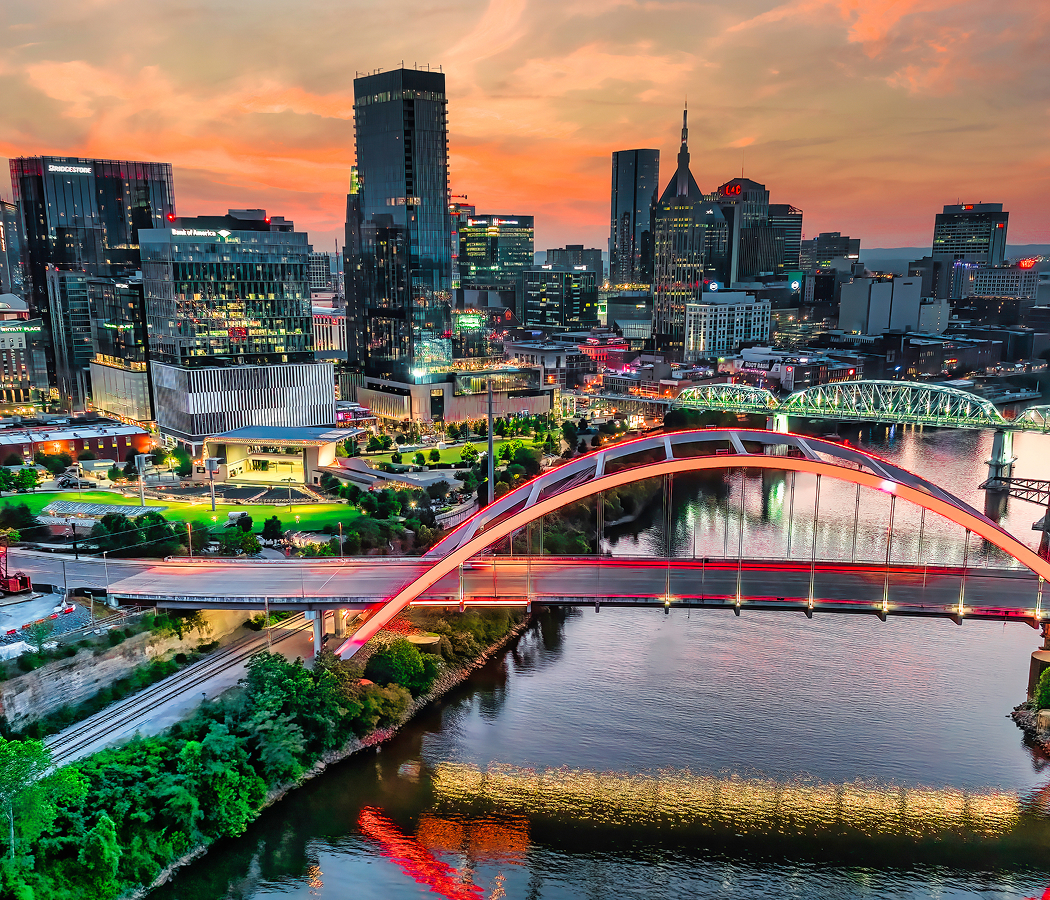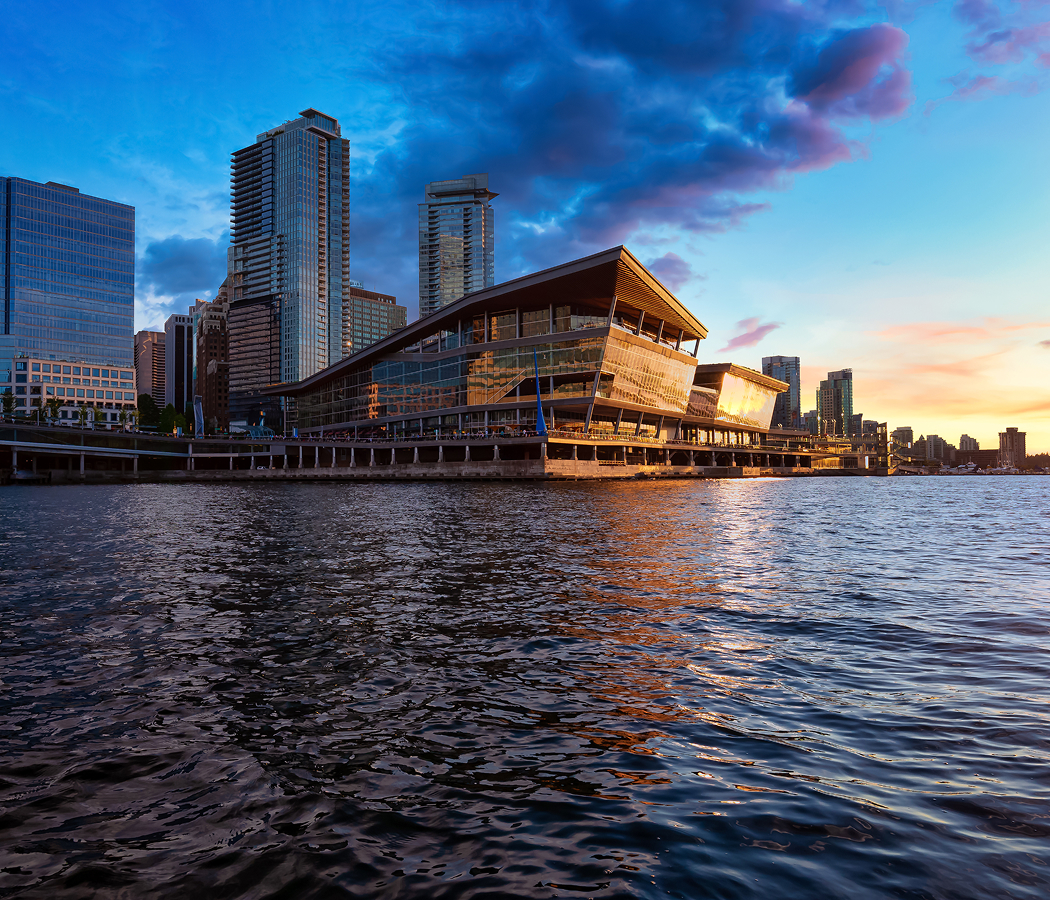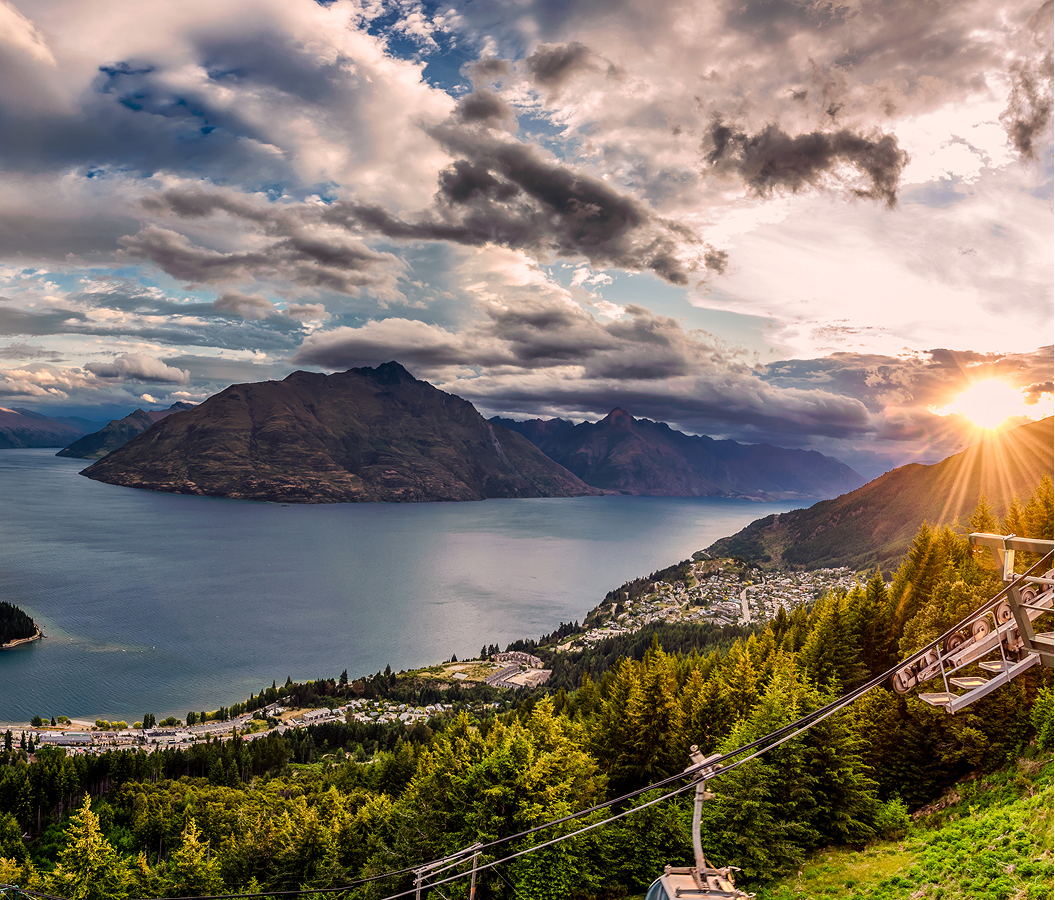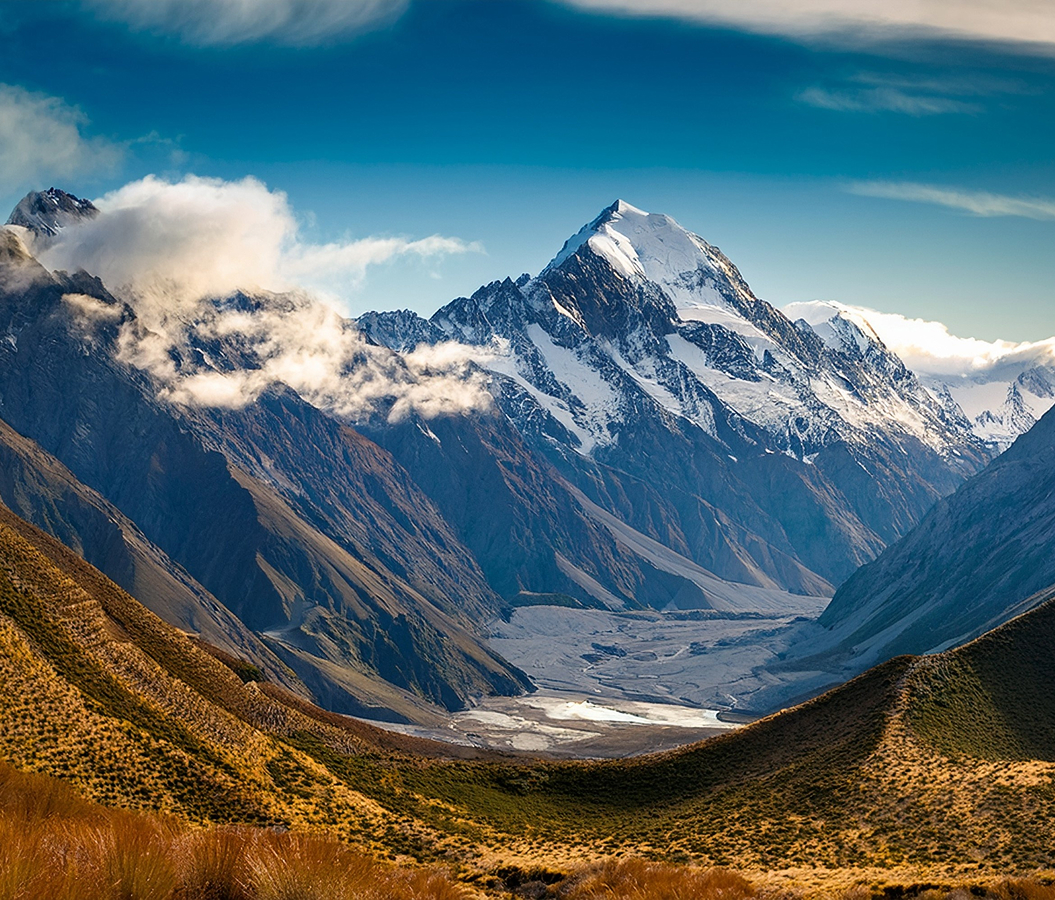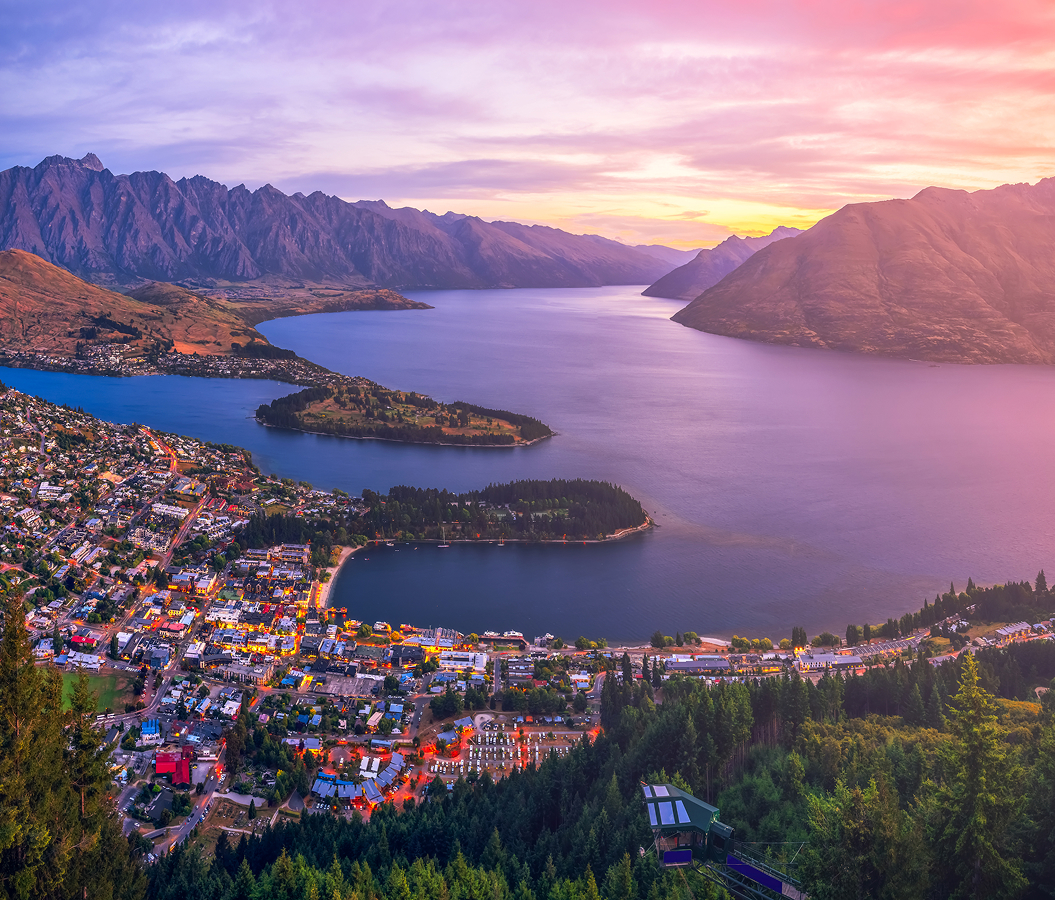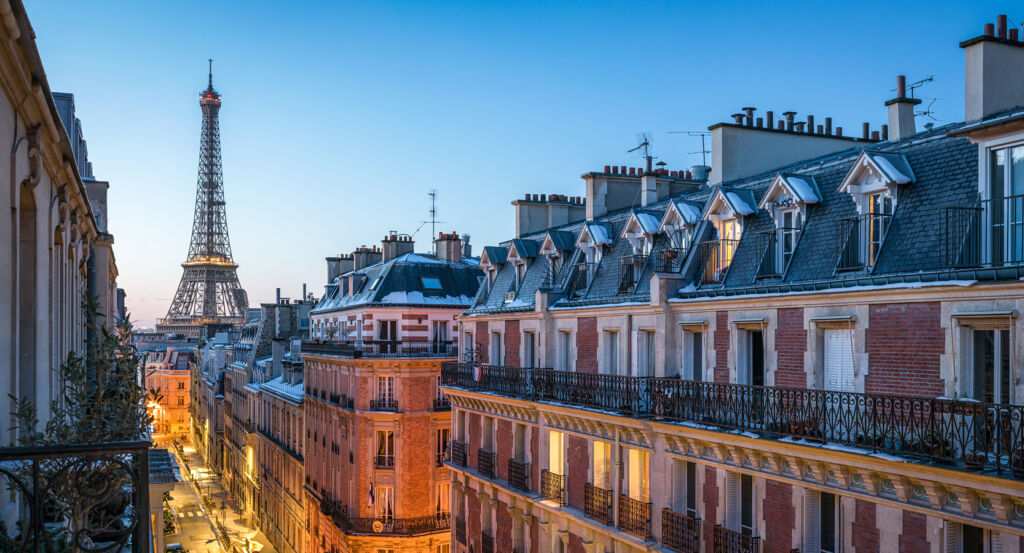
Why you should experience the Eiffel Tower in Paris.
The Eiffel Tower isn’t just a monument, it’s the pulse of Paris, the steel heartbeat that unites art, architecture, and romance into one vertical dream.
Rising 330 meters above the Champ de Mars, the tower captures what makes the City of Light so transcendent, its ability to make the impossible feel inevitable. Designed by Gustave Eiffel and completed in 1889 for the Exposition Universelle, it was once dismissed as an eyesore by critics who couldn’t imagine beauty in iron. Today, it’s hard to picture Paris without it. From every angle, the tower redefines symmetry, its latticework glimmering by day, glowing gold by night, a living sculpture that changes mood with the weather. To stand beneath it is to feel small in the best way, overwhelmed not by scale but by the audacity of vision. From the Trocadéro gardens, its reflection ripples across the fountains; from the Seine, it rises like a dream above drifting bateaux. The Eiffel Tower doesn’t just mark the skyline, it animates it, turning every sunset into theatre, every photograph into poetry. For Parisians, it’s not a landmark, it’s a compass, always pointing home.
What you didn’t know about the Eiffel Tower.
Behind its elegance lies a story of defiance, innovation, and rebirth.
When construction began in 1887, Parisians protested loudly, over 300 artists and intellectuals signed letters condemning the project as “a monstrous skeleton.” Yet Gustave Eiffel stood firm, driven by science and pride. The tower’s 18,000 iron pieces, held together by 2.5 million rivets, took just over two years to assemble, a marvel of precision at a time when machines couldn’t replicate its complexity. At 300 meters, it was the tallest structure on Earth until New York’s Chrysler Building dethroned it in 1930. What most visitors don’t know is that the Eiffel Tower was never meant to be permanent; its permit allowed it to stand for only 20 years. It was saved from demolition by its practical value as a military radio tower, a technological rebirth that would echo through history. During World War II, the French cut the lift cables so that occupying forces would have to climb the stairs, a quiet act of resistance still told with pride. The tower’s illumination, 20,000 twinkling bulbs that shimmer for five minutes each hour after dusk, began in 1985, transforming it into a nightly ritual of wonder. And atop the third level sits Eiffel’s original private apartment, where he once entertained inventors and artists under the stars. Every bolt, every beam carries a story, a union of strength and grace that mirrors Paris itself.
How to fold the Eiffel Tower into your trip.
To experience the Eiffel Tower fully, treat it as both a destination and a rhythm, an ascent that mirrors the tempo of Parisian life.
Start in the morning with a stroll through the Champ de Mars, where the tower emerges gradually between the trees. Approach from the Pont d’Iéna for the most cinematic reveal, the Seine shimmering at its base. If you plan to ascend, book tickets in advance, and don’t rush. Pause on each level: the first with its transparent floor and immersive exhibits, the second with panoramic terraces perfect for spotting landmarks like the Arc de Triomphe and Notre-Dame. The summit, reached by glass elevator, rewards you with a view that feels infinite, rooftops cascading like waves toward Montmartre, the river curling like a ribbon of light. As evening falls, cross to the Trocadéro Gardens for the tower’s transformation: a golden blaze against the indigo sky, followed by its sparkling light show at the top of each hour. Nearby cafés hum with conversation; grab a glass of champagne and watch lovers, families, and photographers share the same unspoken awe. For a quieter moment, take a Seine River cruise at dusk, as you drift beneath its arches, the Eiffel Tower reflects off the water like molten gold. Whether seen from a distance or touched by your own footsteps, it’s more than a monument, it’s an emotion, a living symbol of light, resilience, and art that continues to define the Paris skyline. The Eiffel Tower doesn’t simply rise above Paris, it belongs to it, anchoring the city’s soul in iron and imagination. To see it is to understand why Paris will always be the city that dreams in gold.
Hear it from the Foresyte community.
Truth is you don’t even need to go up just grab a cheap bottle of wine sit on the grass and wait for it to light up feels like Paris is showing off just for you.
Where meaningful travel begins.
Start your journey with Foresyte, where the planning is part of the magic.
Discover the experiences that matter most.







